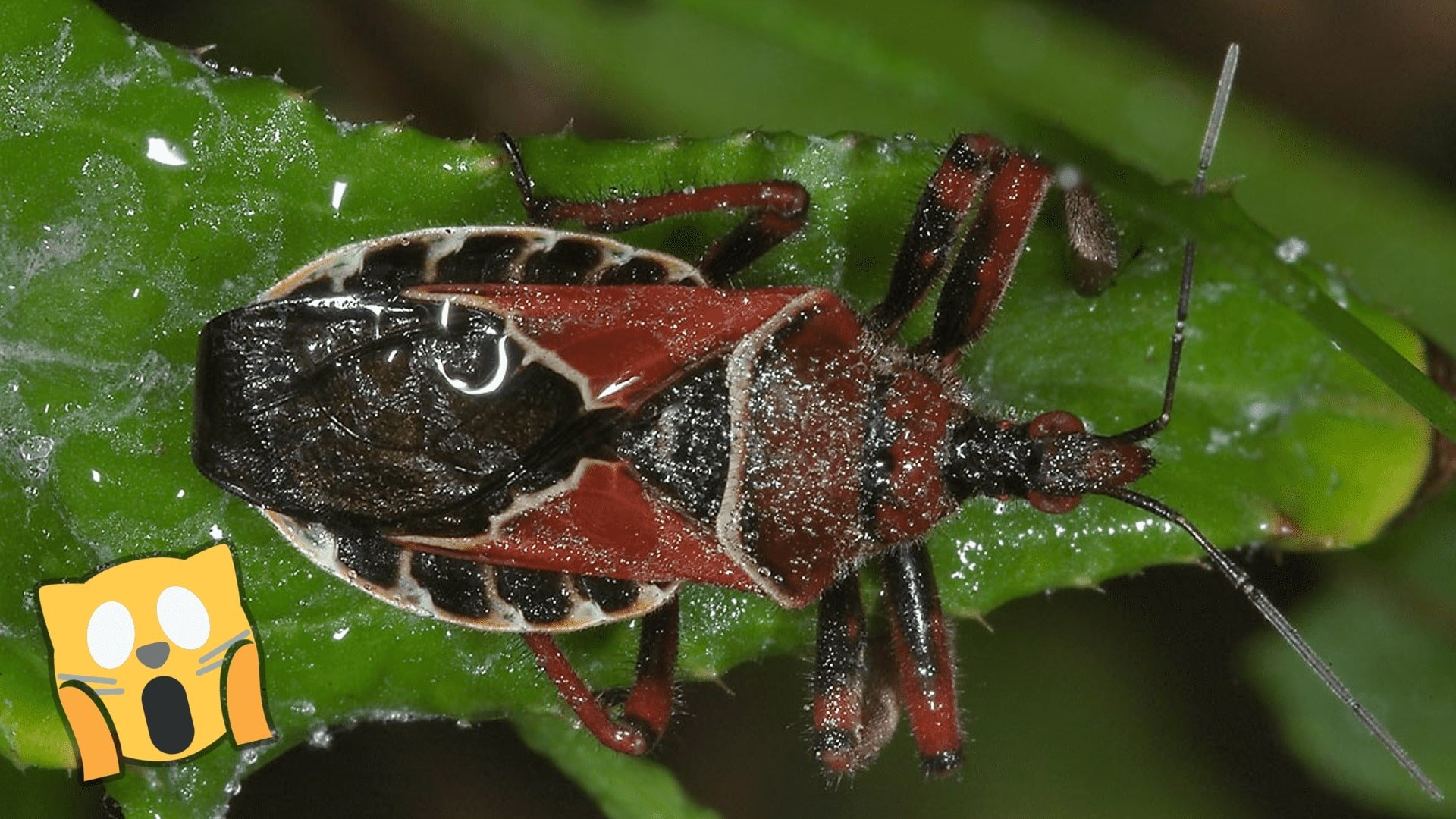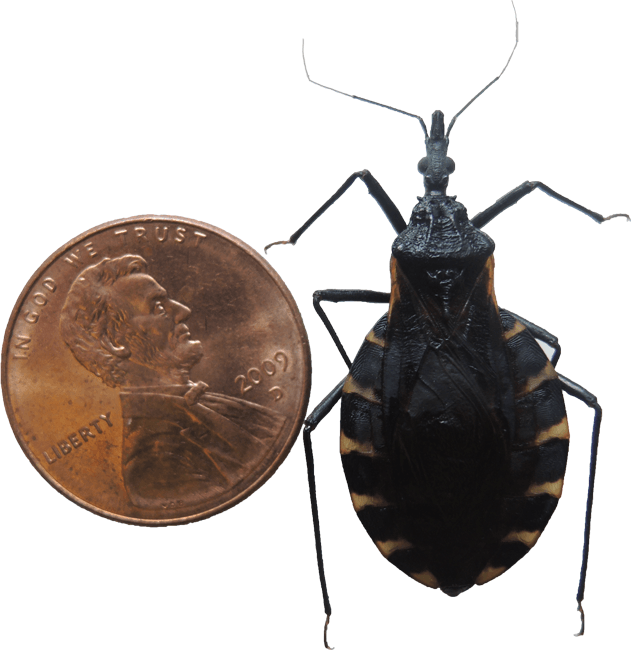Last Updated on April 13, 2020
The Triatomine insect also known as the “kissing bug” or “assassin bug” has a bad rap with us humans. The feces of this particular pest harbors a parasite (T.cruzi) that can cause what is known as Chagas Disease. Contact with this parasite can cause minor to severe reactions in humans but what about cats?
Parasitic Danger
As most cat owners are aware, cats can contract several different types of parasites. This is especially true for kittens and adult cats who frequent the outdoors. While most parasites will give off clues they are inside the cat’s body, T.cruzi tends to lie dormant. Unlike the fast response in the human body, the adverse reactions may not show for several years. Unfortunately, this makes it very hard to know if your kitty has this microscopic nightmare inside them before damage sets in.
NEVER Handle A Triatomine Bug!
If you come across one, do not touch it or smash it. Use a tool to put it in a jar and pour rubbing alcohol over it. Keep the jar sealed. Report it to your local health services.
Symptoms of Chagas Disease in Cats
As noted above, symptoms are likely to not show for years in cats so it is important that if you think your cat has been exposed to this bug, they get tested. The most common symptoms when they do set in of Chagas Disease is convulsions and/or hind leg paralysis. While rare, it is worth noting that this parasite has only been found in Southern United States, Mexico, Central America, and South America. If you live up north, it is very unlikely you or your cat are at risk of contracting this disease.
How Do Cats Get Chagas Disease?
These particular insects get their nicknames based on key characteristics. When hunting other bugs at night, they will bite the heads of their victims. When they do bite down, they also defecate. If the insect happens to bite your cat, they are likely to scratch and lick the area which will spread the feces. T.cruzi is found in the feces and enters the host through the mouth, eyes, nose, or ears. For most cats, it happens through the mouth. It can also be contracting by eating the bug directly or eating a bird, mouse, or other small creature infected with the parasite.
Once inside the host, the parasite will begin to reproduce in cells, muscles, and tissues. Once this parasite damages a cell, it will rupture and the parasite will be let into the bloodstream of the host. Since blood travels throughout the entire body, this enables the parasite to travel throughout the body and further destroying muscles and tissues. Since it is so small, it takes a long time for enough damage to show signs there was an invasion.
Can a Cat with Chagas Disease Be Cured?
Unfortunately, there is no known cure for this disease once the host has been infected by the parasite. There are only management approaches to slow down the spread and manage the symptoms. Since a cat is considered a high-risk carrier, it is almost always recommended that they are put down.
The best approach to keep you, your family, and your cat safe is to avoid letting them outdoors unsupervised (especially at night) and making sure your home is sealed to avoid the insects getting in the home. The further north you live, the less chance you and your cat have of contracting the disease from this parasite. It is still better to be safe than sorry.





